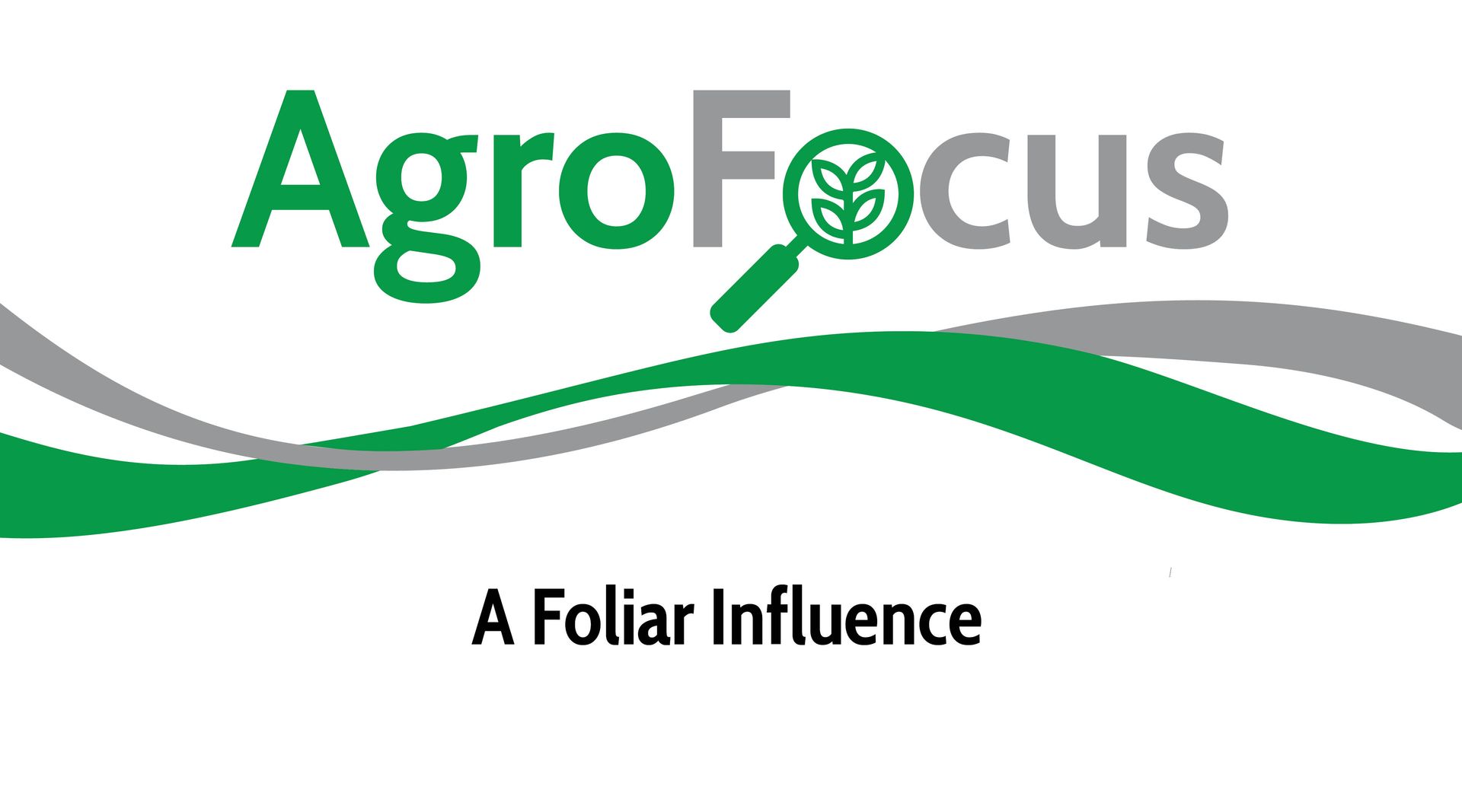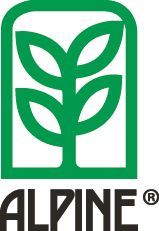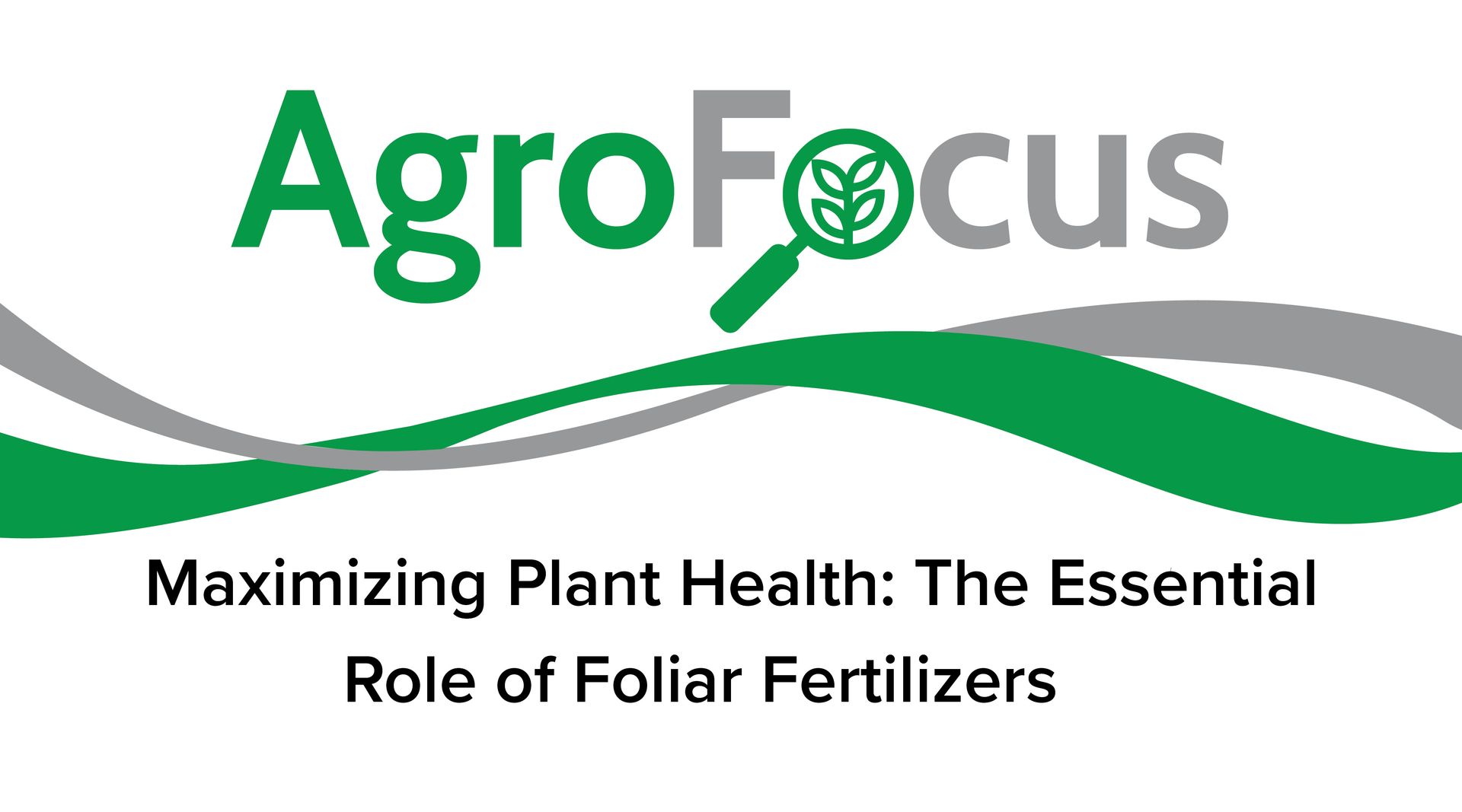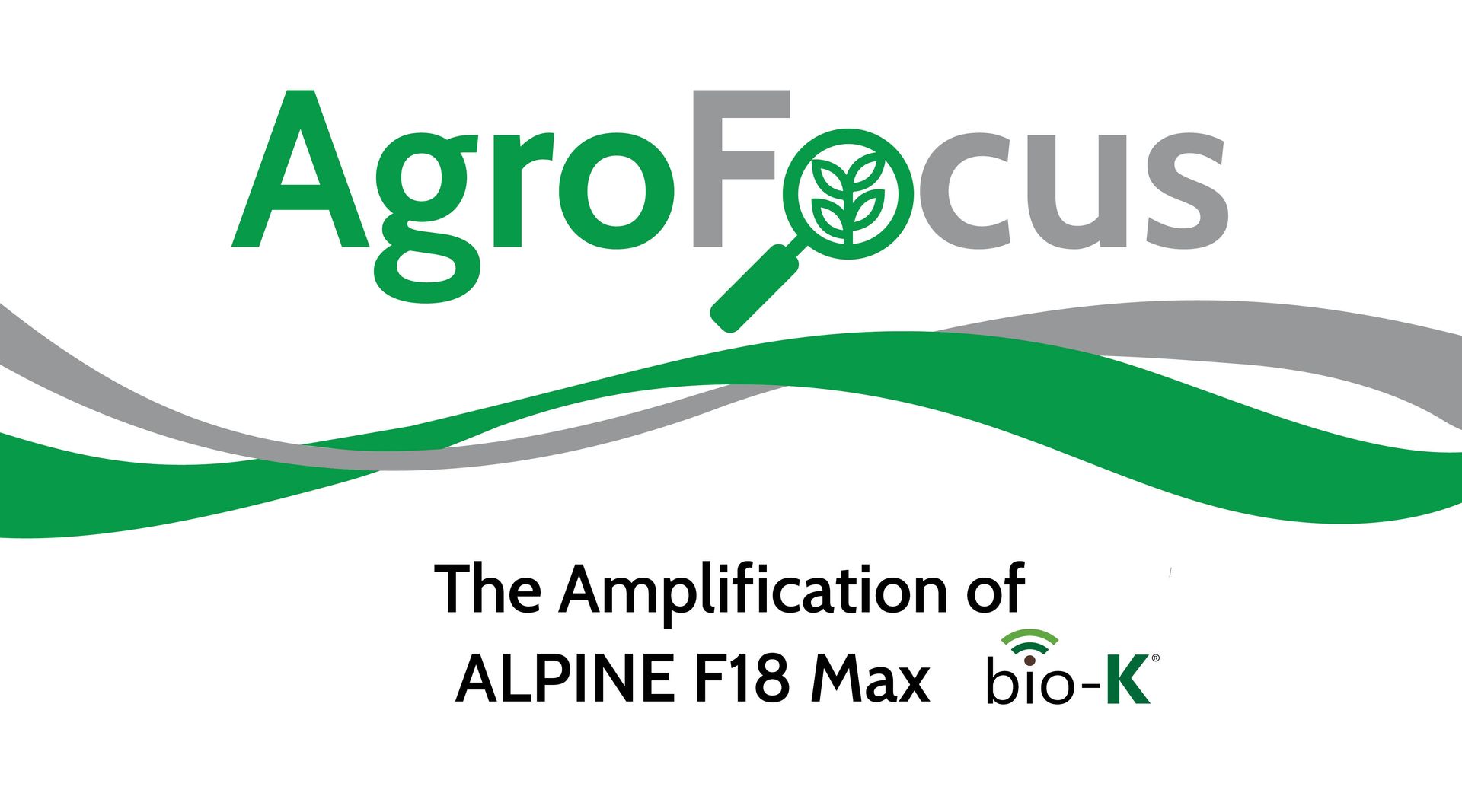Influential Factors Between Potassium & Sulfur

What importance does potassium and sulfur have on the plant?
Both potassium and sulfur are essential macronutrients for plant growth, and are required in relatively large quantities. Having crucial and interconnected roles in plant health, they impact everything from protein synthesis and enzyme function to water regulation and overall growth. Potassium is vital for water transport, nutrient movement, and enzyme activation, while sulfur is a key component of proteins and is involved in chlorophyll formation and various metabolic processes. As a nutrient facilitator, potassium can enhance plants' uptake and sulfur utilization efficiency, while sulfur availability can influence potassium's effectiveness within your crops.
Sulfur and potassium work synergistically to enhance nutrient uptake and are utilized by the crops in many ways:
Maximizing Potassium Efficiency
Role of Potassium in the Plant
1. Formation and translocation of starches, sugars, and fats
2. Protein formation
3. Aids in enzyme actions
4. Helps cells maintain their internal pressure (turgor pressure)
5. Maintains balance of salts and water in cells (stomata management)
6. Improves seed quality
7. Increases root growth and resistance to disease and drought (enhanced potassium uptake via root tips)
Maximizing Sulphur Efficiency
Sulphur is the fourth macronutrient required by plants and is tied very much to nitrogen utilization efficiency.
Role of Sulphur
1. Structural component of proteins, peptides, and enzymes
2. Used in the formation of chlorophyll
3. Used in the process to convert inorganic N to protein
4. Involved in the nitrogen-fixing process of legumes
5. Responsible for the odor and flavor characteristics of many plants
6. Vital for the synthesis of oils, making it particularly important for oilseed crops.
In some ways, it is unusual to discuss potassium and sulfur together as they are quite opposite in terms of their soil and plant chemistry. Even so, there are some important aspects to consider about the nature of these two essential plant macronutrients that are removed in large amounts in grain and hay (Table 1). As we continue to understand balanced fertility better, it is important to have these nutrients on your agronomic checklist, as deficiencies can occur in many different situations, and these appear to be increasing with our improving crop yields.
Managing greater crop yields that are enhanced through precision management tools and ever-improving crop genetics is demanding us to expand our own knowledge of increased agronomics. As we look to “Maximizing Nutrient Efficiency”, we need to understand better how sulfur promotes the efficient uptake and utilization of other essential nutrients. It aids in the absorption of nitrogen, phosphorus, and potassium, allowing plants to maximize the benefits of these macronutrients. Sulphur also contributes to the activation of enzymes responsible for nutrient metabolism, ensuring that plants have a well-balanced diet. We are also measuring the influence of sulfur on soybean crops and better understanding the greater importance of canola. In the following Brassica study, it is interesting to see the correlation between sulfur and potassium.
*In a study completed on the “Interactions of Sulfate with Other Nutrients as Revealed by H2S Fumigation of Chinese Cabbage”, sulfur deficiency has a diverse impact on the whole ionome of B. pekinensis with important implications for yield quality. By combining atmospheric and rhizospheric sulfur supply we were able to distinguish between nutrients on the basis of their direct or indirect interaction with the presence of sulfate. H2S fumigation with simultaneous sulfate deprivation revealed that most nutrients change due to growth impairment and changes in dry matter content under sulfur deficiency, rather than a direct interaction with sulfate. Potassium was the only nutrient that was decreased together with total sulfur under sulfur deficiency and showed a strong positive correlation with sulfur content. As sulfate represents the bulk part of total sulfur, these results suggest that potassium acts as the main counter-ion for the characteristically high sulfate levels in leaves of Brassica. Besides molybdenum also zinc, a crucial nutrient for human nutrition, was strongly increased by sulfur deficiency independent of changes in growth. Lower root surface pH under sulfur deficiency and a lower abundance of organic sulfur compounds, which could react with zinc are possible mechanisms.
With my last blog looking at the relationship of potassium and boron, I am excited to be working with sulfur in this mix as well. With so much to consider, we look to trial potassium and sulfur blended products throughout the year, such as AMS, K-Mag, ALPINE K19-S, ALPINE K20-S, and ALPINE CRN-S. Hopefully, we will better understand how to utilize plant metabolism, increased root development, and amplified soil microbial activity to extract K from our soils better. By continually monitoring and balancing your strategic potassium and sulfur plan, we can enhance our “Pursuit of Efficiency.”
To assist with further discussing your pursuit, our Nachurs Alpine Solutions Team looks forward to using our 50 years of experience to discover how our ALPINE Bio-K can improve your pursuit of K efficiency. Please connect with your DSM and Dealer network to see how ALPINE’s Maximize Fertilizer Efficiency can improve your farming experiences today.
Steve McQueen - Agronomy Manager
Table 1. Approximate removal rates for nitrogen (N), phosphorus (P), potassium (K) and
sulphur (S) (Source: International Plant Nutrition Institute (IPNI))
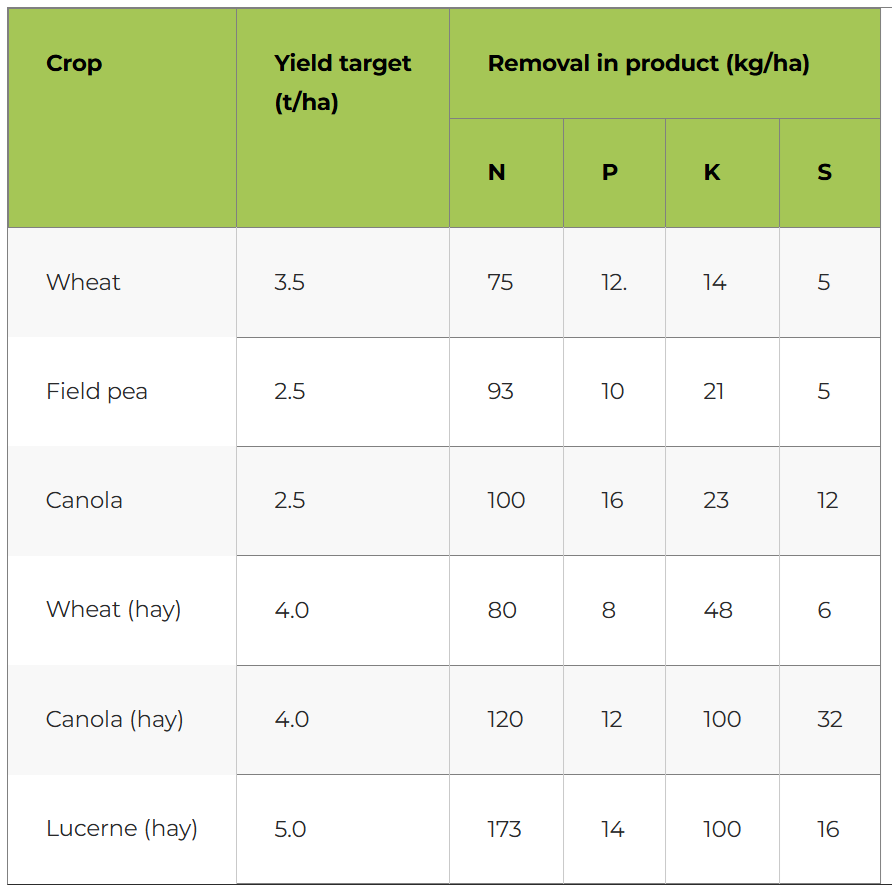
References:
Reich, M., Shahbaz, M., Prajapati, D. H., Parmar, S., Hawkesford, M. J., & De Kok, L. J. (2016). Interactions of Sulfate with Other Nutrients As Revealed by H2S Fumigation of Chinese Cabbage. Frontiers Plant Science. https://www.frontiersin.org/journals/plant-science/articles/10.3389/fpls.2016.00541/full

